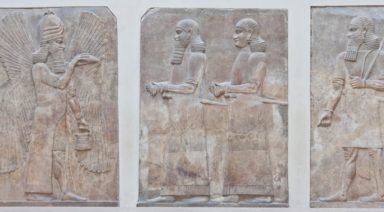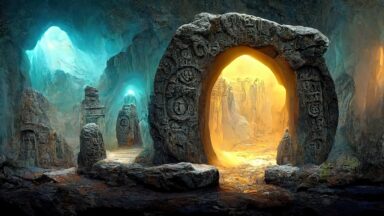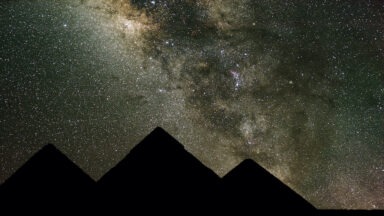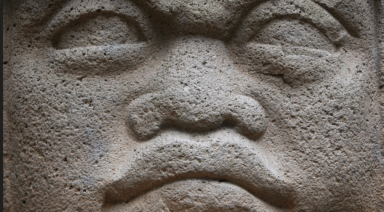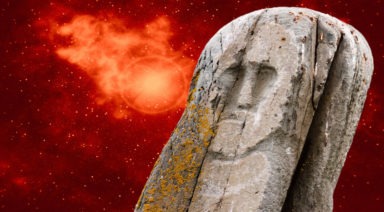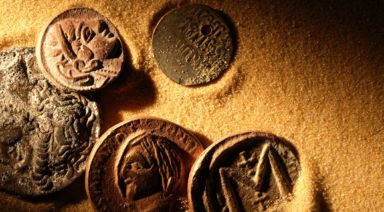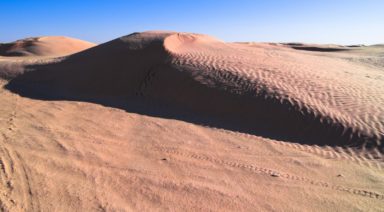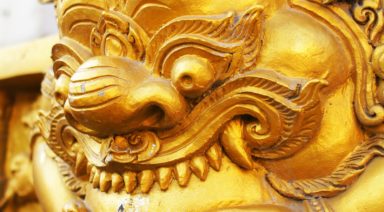Could Discovery of 9.7 Million Year Old Teeth Rewrite History?

A recent archaeological find in Germany has the potential to change our understanding of human history. Researchers recently discovered a pair of teeth in a sedimentary layer dating back almost 10 million years. Now, after waiting an entire year to publish their discovery, the team says they believe their find came from a hominid species, potentially shifting the official timeline of our ancient ancestors. Could this discovery of fossilized teeth rewrite human history?
Archeological Find of the Century
It’s been 80 years since a fossil of this nature was discovered and nearly 40 years since the discovery of ‘Lucy,’ the Australopithecus afarensis, our hominid ancestor who eventually evolved into the genus: homo. Lucy died around 3.18 million years ago in what is now Ethiopia. She has since been the basis for our understanding of the origin of our ancestors and their subsequent migratory paths throughout the world. Lucy has led us to assume that humans originated in Africa and left no earlier than 120,000 years ago.
Now, under the guidance of paleontologist and geologist Herbert Lutz, a team has found an upper right molar and upper left canine, that they believe resembles either the hominid species, Ardipithecus ramidus or Australopithecus, like Lucy. If this hypothesis holds up, it would suggest two things; that our hominid ancestors were present outside of Africa and that they, or a close relative, existed millions of years earlier than previously thought.
But some say that Lutz’s discovery isn’t as profound as he believes and that the canine tooth likely belonged to a ruminant animal, like a deer, cow or sheep. They also say that the molar is more likely to have originated in a non-hominoid species known as Pliopithecoids who were known to have lived between seven and 17 million years ago. This would not be a major discovery as we’re more closely related to baboons than we are to Pliopithecus.

9.7 Mya molar and canine via inverse.com
Lutz is undeterred by his colleagues’ criticisms, saying that since the two teeth were found together after 20 years of painstaking excavation, and with no other similar discoveries in that area, they must have come from the same mouth. He also didn’t jump to conclusions, spending a year doing the necessary research before going public. He found evidence that the teeth had different characteristics from Pliopithecus and that they came from a sub-adult specimen that would have been heavier than the non-humanoid species.
New Archeological Discoveries
The teeth were recovered in an area near the Rhine River, fossilized within a layer of sedimentary rock, dating 9.7 million years old. The site where they were found, known as Eppelsheim, has only produced nine or ten finds within the past couple centuries, making this discovery rare and lending to the possibility that the two teeth came from the same jaw.
Lutz is under the assumption that this was a previously unknown great ape with hominin resemblances that was part of a line of species that fall somewhere within our evolutionary history. His discovery is one of several that have challenged the timeline held by mainstream archeology, that believes hominids evolved in Africa and didn’t cross into Europe until about 2 million years ago.
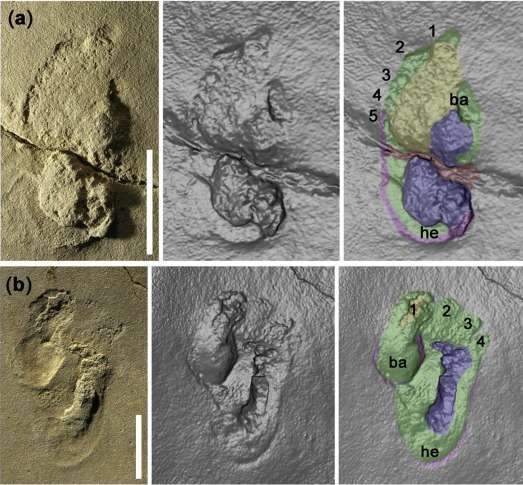
Other recent findings have suggested the possibility of hominid species in areas of Europe before what was previously thought possible. A discovery of fossilized footprints from a bipedal ancestor were found on the modern day island of Crete in Greece. These footprints date back 5.7 million years and were also discounted by mainstream archeologists as having a hominid provenance. Other sets of fossilized hominid teeth have been found outside of Africa, in places like Greece and Bulgaria and were dated over 7 million years old from the Miocene epoch.
Although the presiding opinion of mainstream archeology can be stubborn and tough to change, there seems to be new evidence everyday challenging that narrative. Could this discovery lead to new insight and a paradigm shift in our perception of history?
Skull Fragment of Missing Human Species Found in Israel

Archeologists in Israel have just made a groundbreaking discovery; could the skull they found belong to a new type of human and our oldest relative?
In recent years, the regular discovery of new species of archaic humans has been complicating the human family tree. The finding in Israel is the latest to fill in missing information on this ever-changing timeline of human evolution.
Andrew Collins is an ancient history researcher who has written extensively on the topic. “One of the most important discoveries in anthropology in recent years has been the finding of fragments of a human skull at a place named Nesher Ramla in Israel. It’s an open-air site that was functional between about 120,000-140,000 years ago,” Collins said.
“And the archeologists who have been working there have discovered, not only sophisticated stone tools, but they found fragments of this skull, and this skull is unique because it has elements of an archaic human that look similar to a Neanderthal, but also it has human elements.”




